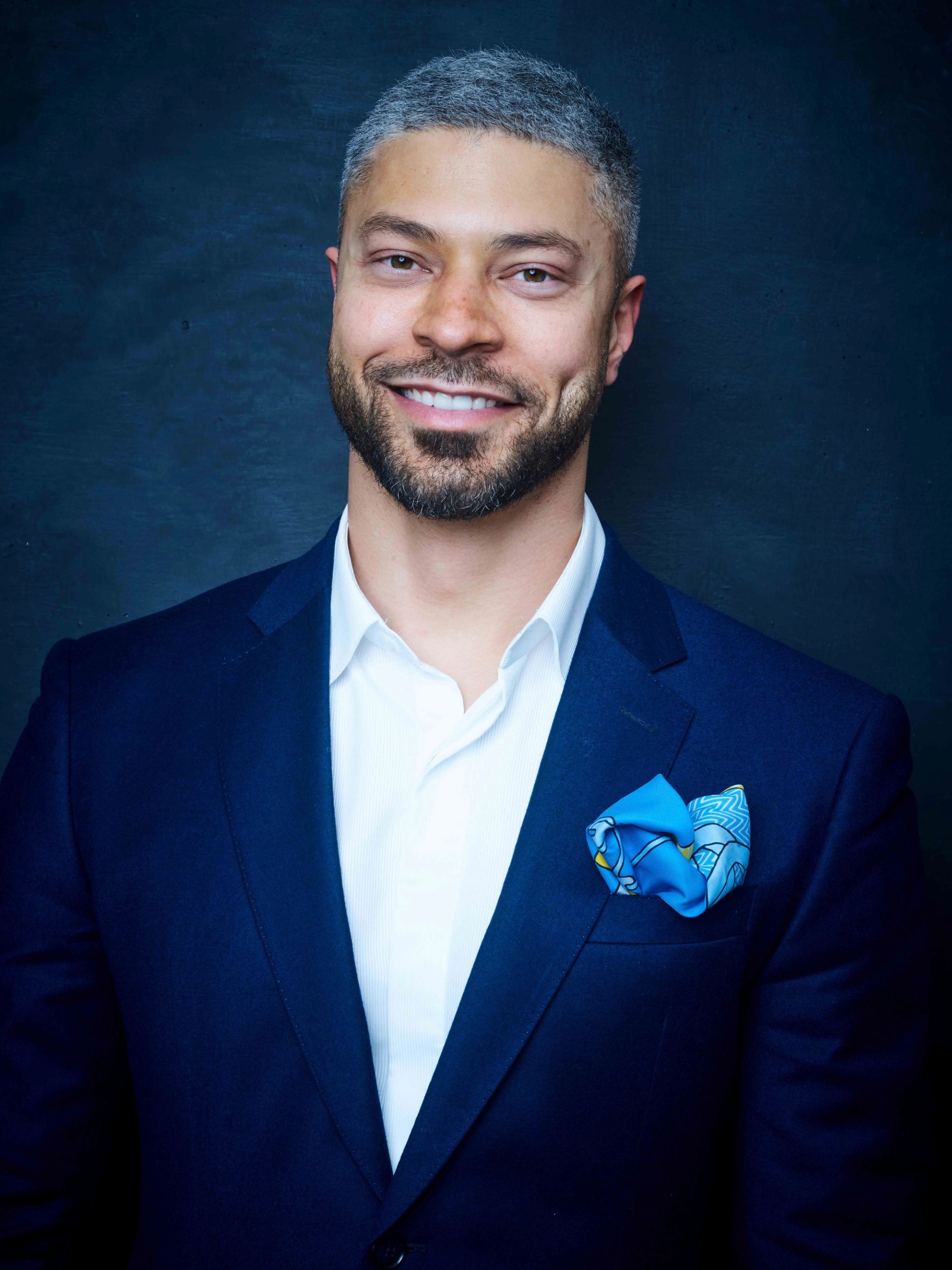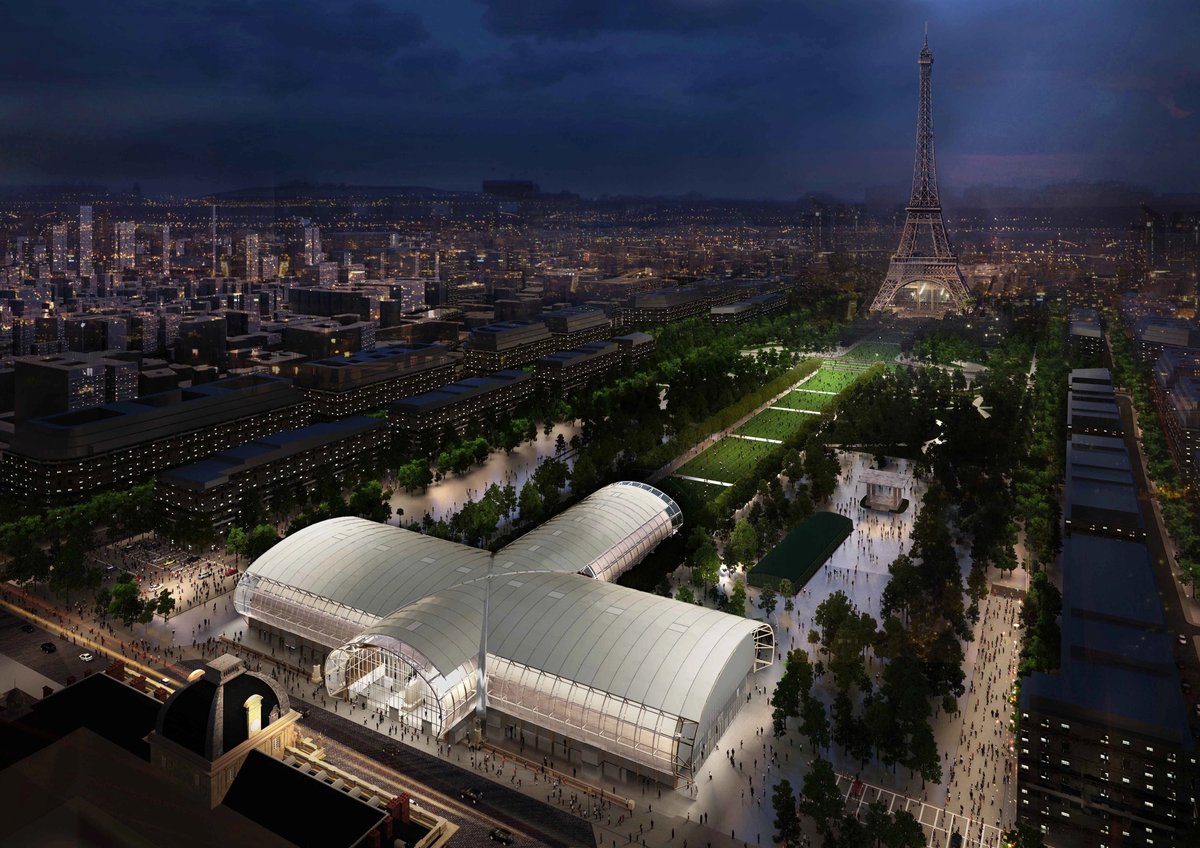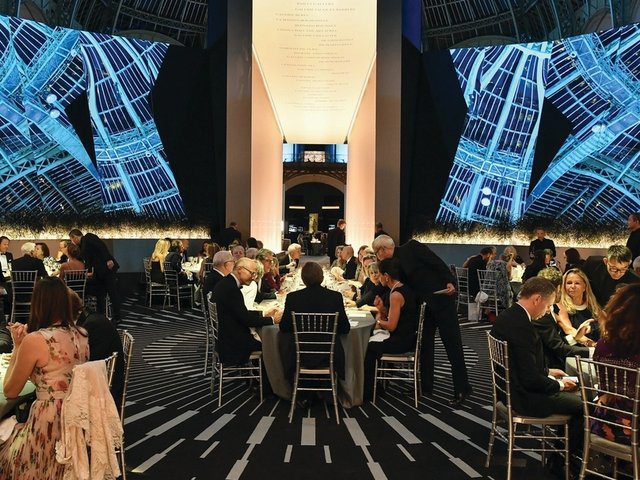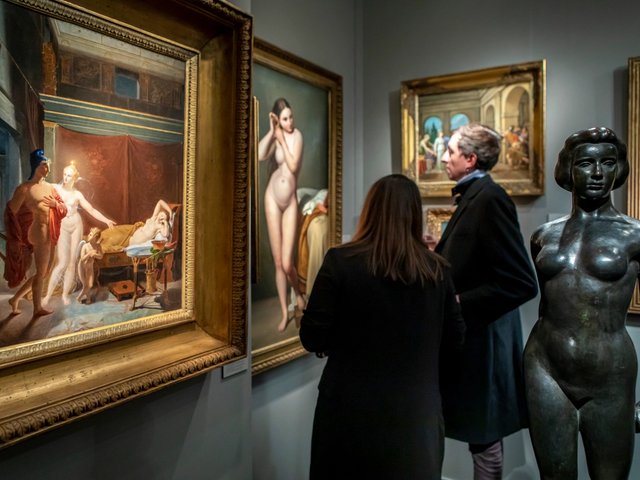The president of the new EX.Paris: Arts and Fine Crafts fair says he is confident that the new event, replacing the defunct La Biennale Paris this winter (27 November-5 December), will succeed.
Alexis Cassin says he is offering “affordable” stand fees; he is also throwing his net wide, saying that galleries hoping to participate do not need to be a part of the French union of antique dealers (Syndicat National des Antiquaires, SNA), as was the case with the previous fair.
After years of confusion, scandal and strife, the SNA announced its decision earlier this month to “turn the page of the Biennale, in order to set up a new event” in the city. The new fair will be held in the semi-permanent structure on the left bank of the Seine— Le Grand Palais Éphémère—that temporarily replaces the Grand Palais, which is closed for restoration work.
Cassin outlines how the fair will be organised. “It will be a mix. What made La Biennale Paris great was the balance. We will have 50% art galleries—antiques, ancient art, modern art, design etc—and 50% for jewellers and watchmakers. There will be specialities of course; in the art section, you’ll see pre-Columbian art and 20th-century furniture, for example. In the other sector [jewellery], you will have the big international luxury brands, but also still unknown treasures that are yet to be discovered. It’s a small space so we can only afford to have the best exhibitors.”
Cassin says he has worked on numerous art fairs over the past 15 years, helping organisations to “develop the systems” and solve operational issues. He has formed a new organisation called the Arts & Fine Crafts Foundation to oversee the new event.

Alexis Cassin © Céline Nieszawer
His new team includes Fabienne Lupo, who will be curator of the “fine crafts” sector, and Henri Jobbé-Duval, curator of the arts sector along with Mathias Ary Jan, vice-president of the Syndicat National des Antiquaires. The architect Patrick Bazanan has also been taken on. Jobbé-Duval and Ary Jan will help choose the galleries; a new selection committee will also be established.
A gallery list is due to be announced before the summer, Cassin adds. “The stand fees have to be affordable and competitive, also in comparison to other fairs at that time. It’ll be an appropriate price,” Cassin says. The rival fair, Fine Arts Paris, is due to take place 17 to 21 November in the courtyard of the Dôme des Invalides.
Cassin candidly discusses the demise of La Biennale Paris, saying: “Every president changed it, they wanted to make it new and better. In 2015, the Biennale changed radically. The end of the jewellery sector’s presence was the moment when a loss of trust occurred. The different sides did not work together anymore. Also, the commission running La Biennale was arbitrary; I propose a neutral structure, something more stable.”
The vetting procedure was also inadequate at La Biennale Paris, Cassin told Artnet News, questioning how galleries can stay “neutral” if they vet each other, another characteristic of the former fair. “The EX.Paris vetting is also new: it will be a service for our collectors and is therefore intended as a support for them,” Cassin says.
Fairs will need to be distinctive however in the post-pandemic era so how will EX.Paris stand out? “The fair will be massively different,” Cassin insists. “Other fairs are salons, exhibitions—they’ve become less and less like [prestigious] events. Of course, fairs have to be commercial but also we have to transmit knowledge and expertise,” Cassin says.
The jury will be out in November.




